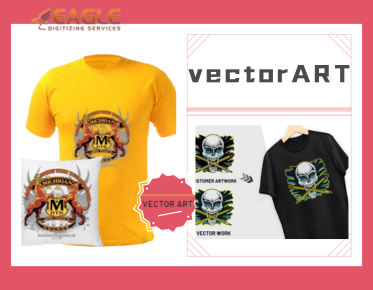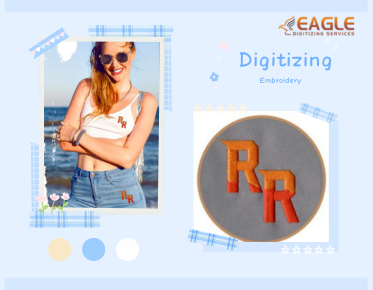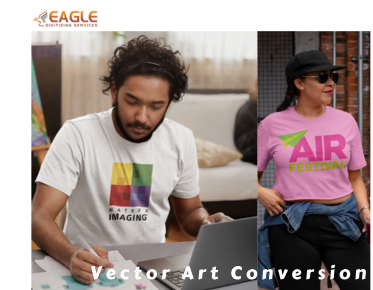How to Design a Vector Image
Designing a vector image is a crucial skill for graphic designers, as it allows for the creation of scalable graphics that maintain quality at any size. Whether you're designing logos, illustrations, or other graphics, understanding the fundamentals of vector design is essential. A vector image is composed of paths defined by mathematical expressions, which makes it resolution-independent. This means that no matter how much you scale the image, it will not lose its quality. For more insights on vector images, you can visit this resource.
To start designing a vector image, you need to choose the right software. Popular vector graphic design software includes Adobe Illustrator, CorelDRAW, and Inkscape. These tools offer a range of features that allow you to create complex designs with precision. Each software has its own set of tools and capabilities, so it's important to choose one that fits your needs and skill level. For example, Adobe Illustrator is widely used by professionals due to its extensive features and integration with other Adobe products. You can explore more about vector graphics here.
Understanding the Basics of Vector Design
Before diving into the design process, it's important to understand the basic elements of vector design. Vectors are made up of points, lines, and curves that are defined by mathematical equations. These elements can be manipulated to create shapes and designs. The key advantage of vector graphics is their scalability, which is why they are often used for logos and other designs that need to be resized frequently.
Creating Your First Vector Design
Start by sketching your design on paper or using a digital sketching tool. This will help you visualize the final product and make adjustments before you begin the vectorization process. Once you have a clear idea of your design, open your chosen vector software and begin creating the basic shapes. Use the pen tool to draw paths and adjust the anchor points to refine your shapes. Remember to keep your design simple and clean, as this will make it easier to scale and modify later.
Advanced Techniques in Vector Design
As you become more comfortable with vector design, you can start exploring advanced techniques such as gradients, blending modes, and layering. These techniques can add depth and dimension to your designs, making them more visually appealing. Experiment with different color schemes and effects to find the style that best suits your project. Additionally, consider using vector conversion services to convert raster images into vector format, which can be particularly useful for complex designs. Learn more about vector conversion services here.
Finalizing and Exporting Your Vector Design
Once you are satisfied with your design, it's time to finalize and export it. Check your design for any errors or inconsistencies, and make sure all elements are properly aligned. Use the software's export function to save your design in the desired format, such as SVG, EPS, or PDF. These formats are widely used for vector graphics and ensure that your design remains scalable and editable.
Conclusion
Designing a vector image requires a combination of creativity and technical skill. By understanding the basics of vector design and utilizing the right tools and techniques, you can create stunning graphics that are both scalable and versatile. Whether you're a beginner or an experienced designer, there's always room to learn and improve your vector design skills. For professional vector art services, Eagle Digitizing excels in delivering high-quality solutions, transforming creative visions into scalable designs. Explore their services here.



